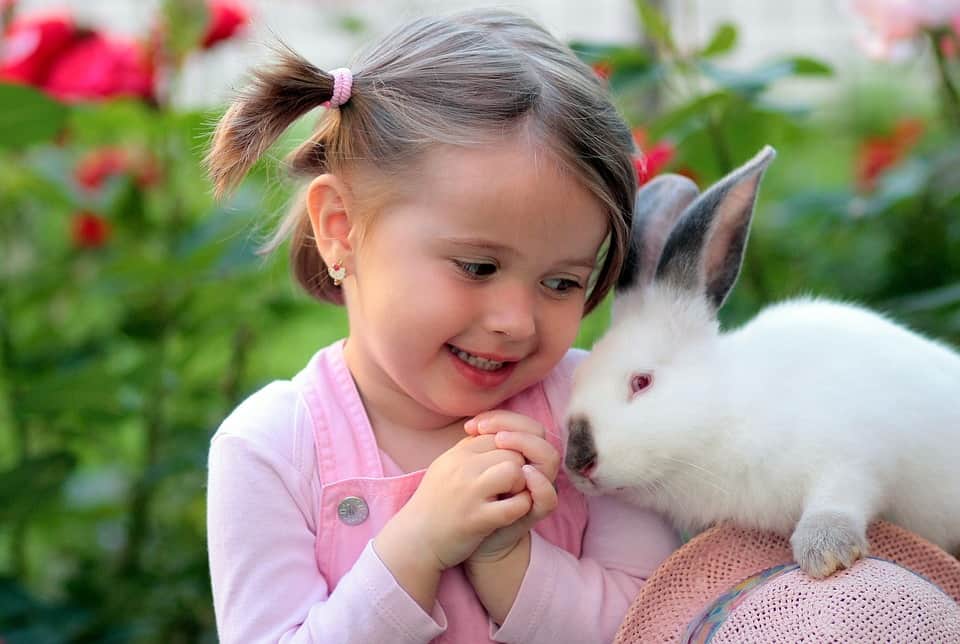The Google Grant is a generous $10k monthly stipend the company provides non-profits to spend on its network. It does come with restrictions – text ads only and an ad bid max of $2 – that requires a thoughtful approach to ad strategy in order to maximize every dollar. In this guest post Grant Hensel and Kathi Gross of Nonprofit Megaphone highlight the challenges, goals and results of their work with the Chattanooga Zoo.
Challenge
What do Snow Leopards, Cotton-Top Tamarins, Jaguars, and Feenec Foxes have in common? If I were to ask the Chattanooga Zoo in Chattanooga, Tennessee this question, they would know exactly what they have in common. These animals are all part of the Association of Zoos and Aquariums Species Survival Plan. The Chattanooga Zoo, one of only 200 members of the AZA, is with them in the fight to preserve the survival of these animals. This is a great cause. Hands down. How can this nonprofit organization reach people to generate donations for this amazing endeavor and also drive ticket sales? Enter Nonprofit Megaphone and the Google Grant.
Goals
By managing the Google Grant and Google AdWords, we’ve been able to help bring more people to the Chattanooga Zoo website which means more eyes on their conservancy efforts which leads to conversions in donations and ticket sales. Running effective campaigns has significantly increased exposure for the Zoo, and is helping the organization fulfill multiple aspects of its mission.
Conservancy is not all the Chattanooga Zoo is doing to make our world a better, more animal friendly place. In fact, The Zoo creates many and varied meaningful interactions between people and wildlife through immersive experiences. Their programming is extensive. Getting the word out to families in the Chattanooga area and beyond (geo specific) is very important.
Strategy
One successful tactic we’ve used with AdWords is site links. These links take searchers right to the Zoo’s family oriented programming pages including their camping program, field trips, educational programming, birthday party venue, and many other family friendly activities.
Another great tactic: AdWords mobile friendly call-out extensions with built-in tracking using a forwarding number . When searchers see ads on their mobile devices they are given a one-click option to call the Zoo, which is generating roughly 80 inbound calls per month. As our world continues to gravitate towards mobile search, this is a must for just about any company, nonprofit or for profit. It’s a simple concept but it works: click the extension and place your call.
Results
“Since working with Nonprofit Megaphone, the Chattanooga Zoo has continuously seen new website visitors with a click-through rate that is over two times the industry average”
Working closely with the Director of Marketing, Membership & Communication, Hannah Hammon, we’ve been able to bring high numbers of visitors to their website. She reports that “since working with Nonprofit Megaphone, the Chattanooga Zoo has continuously seen new website visitors with a click-through rate that is over two times the industry average. Working with them is great and the results easily show the success in our partnership.”
The Zoo’s CTR? It averages over 5% consistently. In fact, at the end of the 2nd week of the initial campaigns, the CTR was already at 3.57%. By the 3rd month, we were at 5.3% and have never looked back. Additionally, using Swydo to automatically deliver the data to Hannah in a professional, easy to understand report saves us time so we can spend that time keeping that CTR where we want it.
Search advertising has always been the CTR champion of digital advertising with an average of 2% vs display averaging under 1%. The Google Grant only allows text ads for search and limits the ad bids to $2. Although this can sometimes be challenging for our Grant Managers, we work hard to be up to that challenge. Our average CTR’s are consistently above the industry average.
With the rich and bountiful content on the Chattanooga Zoo’s website, it was pretty much carte blanche for us to use the $10,000 per month allowance from Google. I think our Grant Managers become just a little giddy with such an unlimited budget and such a great organization. This amount helps with the limitations of the Grant and keeps us on our toes.
Since all of us at Nonprofit Megaphone have stepped out of the world of digital marketing for corporations and for-profit companies, it makes us exercise those AdWords marketing muscles and creatively find ways to build ads and run campaigns that can help our nonprofits, like the Chattanooga Zoo, realize their advertising goals. To realize these goals for a nonprofit isn’t a small thing. How can we put a value on educating our children about the animals that share our planet, learning how and supporting an organization that brings life to threatened species, providing a place for families to bond, spend time together, and ultimately, enrich their lives?
We are excited to continue to partner with the Zoo and to be a part of their success with the Google Grant and AdWords. It’s great to know that we are a part of something special. And next spring, when it’s time for the annual “Hug a Bunny Day” at the Chattanooga Zoo, our ad campaigns will make sure those bunnies are hugged as many times as possible!

BIO
 Grant Hensel is the CEO of Nonprofit Megaphone. His company helps nonprofits acquire and manage the Google Grant, which gives organizations $10,000 per month in online advertising funds. You can reach him at @npmegaphone
Grant Hensel is the CEO of Nonprofit Megaphone. His company helps nonprofits acquire and manage the Google Grant, which gives organizations $10,000 per month in online advertising funds. You can reach him at @npmegaphone
 Kathi Gross is client manager at Nonprofit Megaphone. Things she enjoys: Reading, teaching, learning new stuff, and spending time outside, especially hiking mountains (have to leave my state to do that!). Love having the freedom to use her gifts and talents in her job – so fun!
Kathi Gross is client manager at Nonprofit Megaphone. Things she enjoys: Reading, teaching, learning new stuff, and spending time outside, especially hiking mountains (have to leave my state to do that!). Love having the freedom to use her gifts and talents in her job – so fun!
